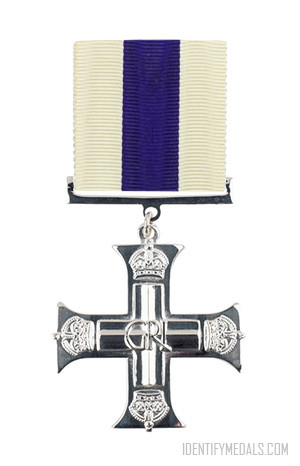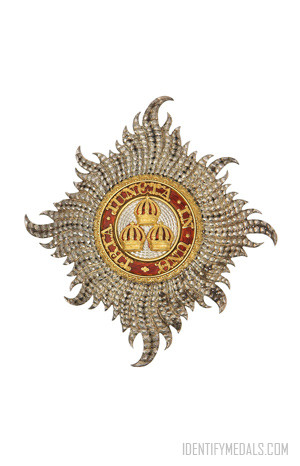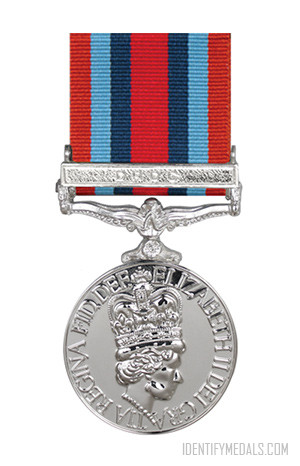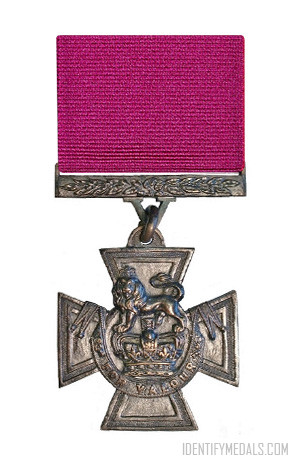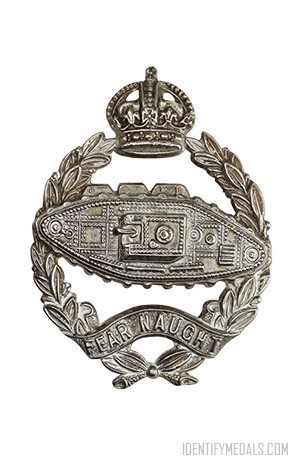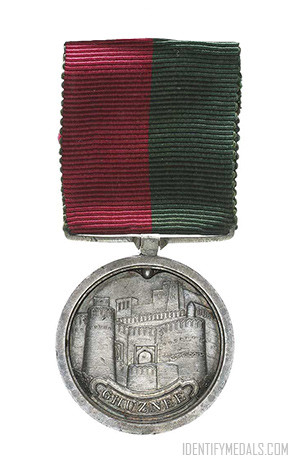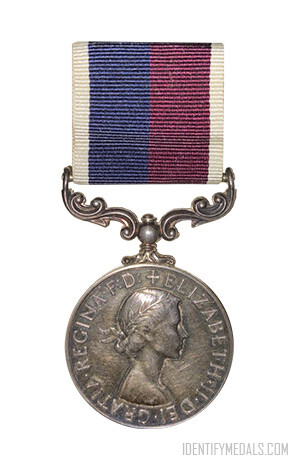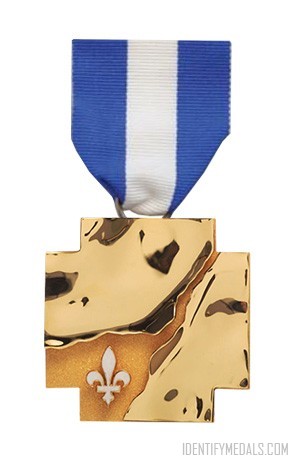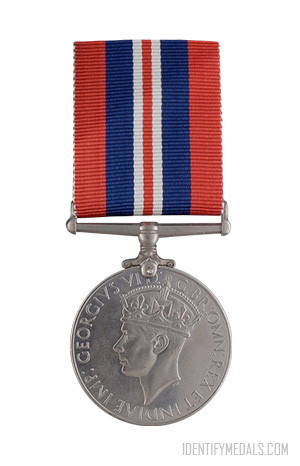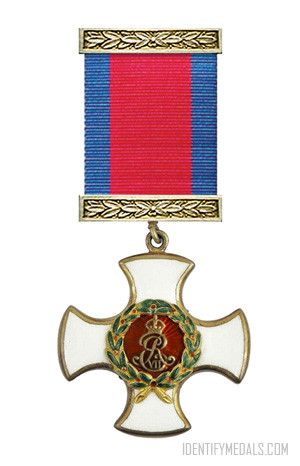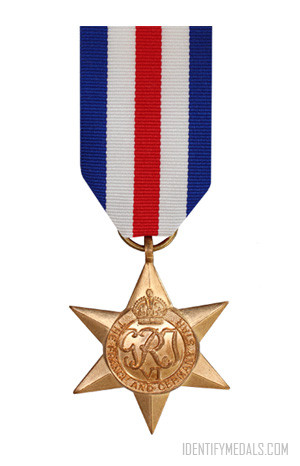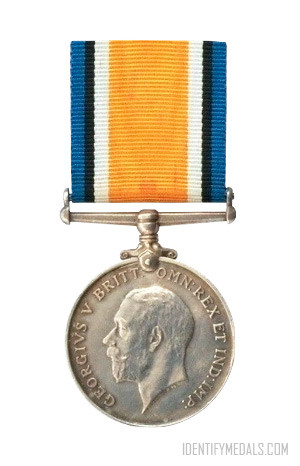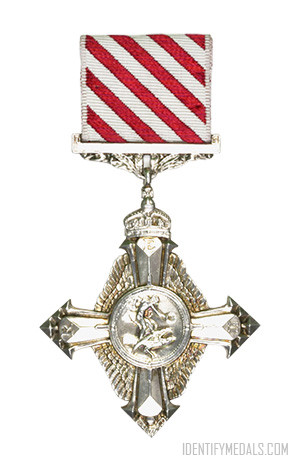- Time Period: The Great War
- Year of Institution: 28 December 1914
- Country: Great Britain, Canada
The Military Cross (MC) is a prestigious third-level military decoration awarded in recognition of “an act or acts of exemplary gallantry during active operations against the enemy on land to all members, of any rank in Our Armed Forces.”
It is awarded to officers of the British Armed Forces and Commonwealth forces for acts of exemplary gallantry and leadership in combat and it’s one of the highest awards for bravery and valor that an officer can receive. The Military Cross is also open to officers of all ranks, including commissioned officers, non-commissioned officers, and warrant officers.
The award was created on 28 December 1914 for commissioned officers of the substantive rank of Captain or below and for Warrant Officers. In August 1916, Bars were awarded to the MC in recognition of the performance of further acts of gallantry meriting the award and recipients of a bar continue to use postnominal letters MC. In 1931 the award was extended to Majors and also to members of the Royal Air Force for actions on the ground.
The Military Cross Awardees
During World War I, Acting Captain Francis Wallington of the Royal Field Artillery was the first person to be awarded the MC.
Throughout its history, though, the Military Cross has been awarded in various conflicts, including both World Wars and more recent military operations. Recipients of the Military Cross are recognized for their exceptional bravery and leadership in the service of their country.
Here are five individuals who have received the Military Cross:
Captain Charles Upham – He was a New Zealand soldier who received the Military Cross twice during World War II for his bravery and leadership in the Battle of Crete and the North African campaign.
Captain Tom Moore – Captain Tom Moore, a British Army officer, was awarded the Military Cross during World War II for his outstanding courage and service in the Burma Campaign.
Lieutenant Colonel Herbert “H” Jones – He received the Military Cross posthumously during the Falklands War in 1982 for his exceptional leadership and bravery during the Battle of Goose Green.
Captain Guy Gibson – Captain Gibson was a British Royal Air Force pilot who was awarded the Military Cross for his leadership in the famous “Dambusters” raid during World War II.
Major Charles Whittlesey – An American officer, Major Whittlesey was awarded the Military Cross for his valor during the Meuse-Argonne Offensive in World War I.
The Military Cross Design
The Military Cross measures 46 mm max height and 44 mm max width, and shows an ornamental silver cross with straight arms terminating in broad finials.
The obverse is decorated with imperial crowns and the Royal Cypher in the center. The reverse is plain, but from 1938 the name of the recipient and year of issue has been engraved on the lower limb of the cross.
The ribbon for the Military Cross is light blue with two narrow vertical stripes of white on the edges. The main color of the ribbon is light blue, which serves as the background color. This light blue color represents the air and the sky. Running vertically along both edges of the ribbon are two narrow white stripes. These white stripes serve as borders for the light blue field and add contrast to the design.

